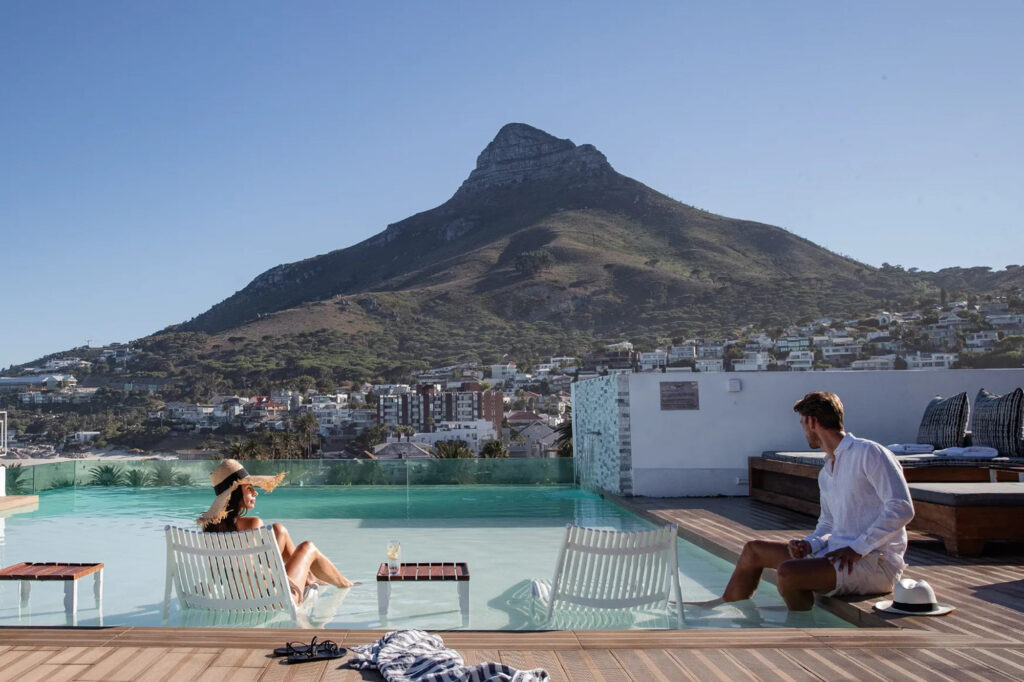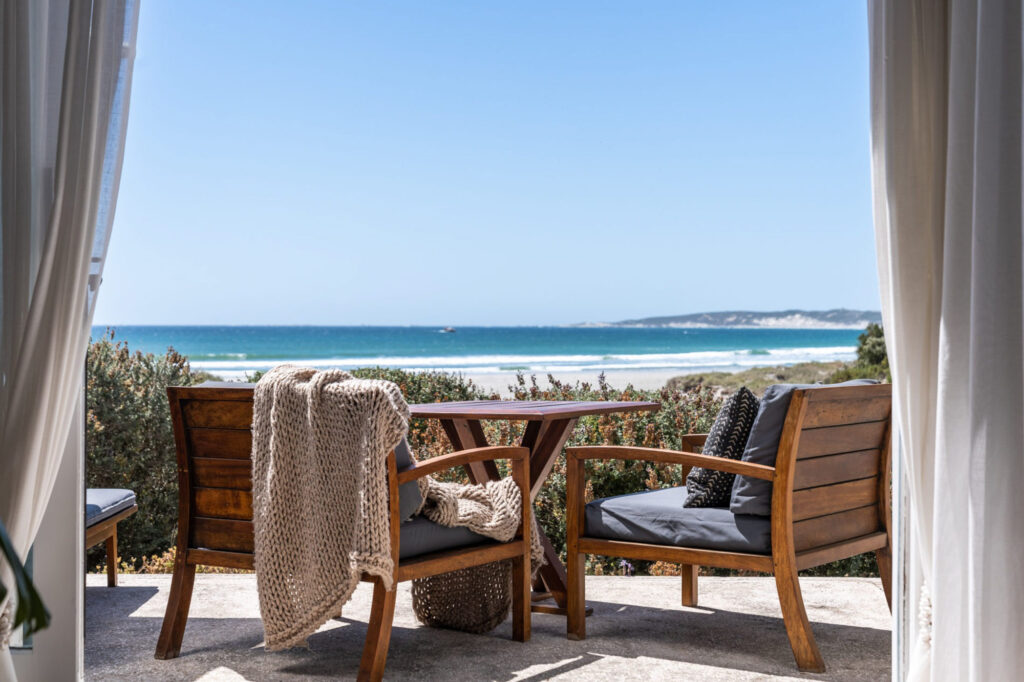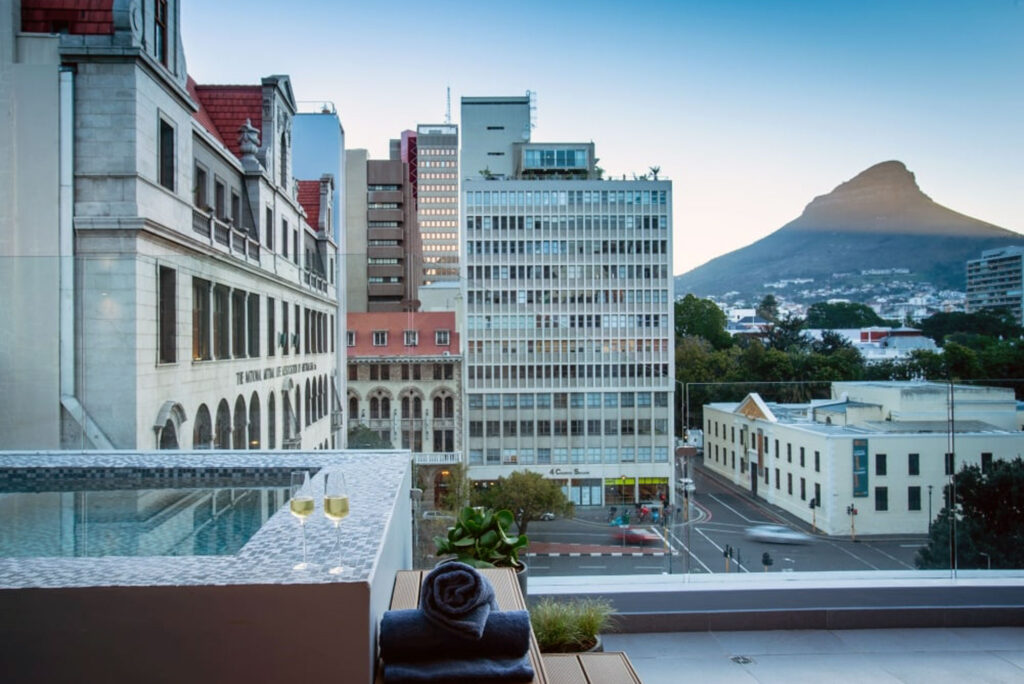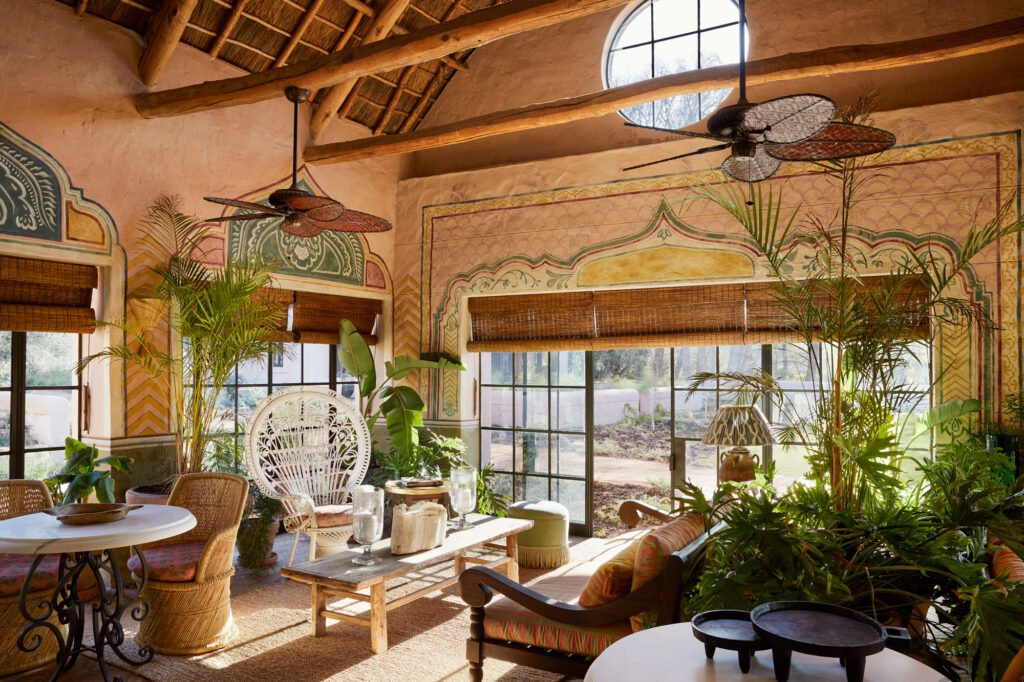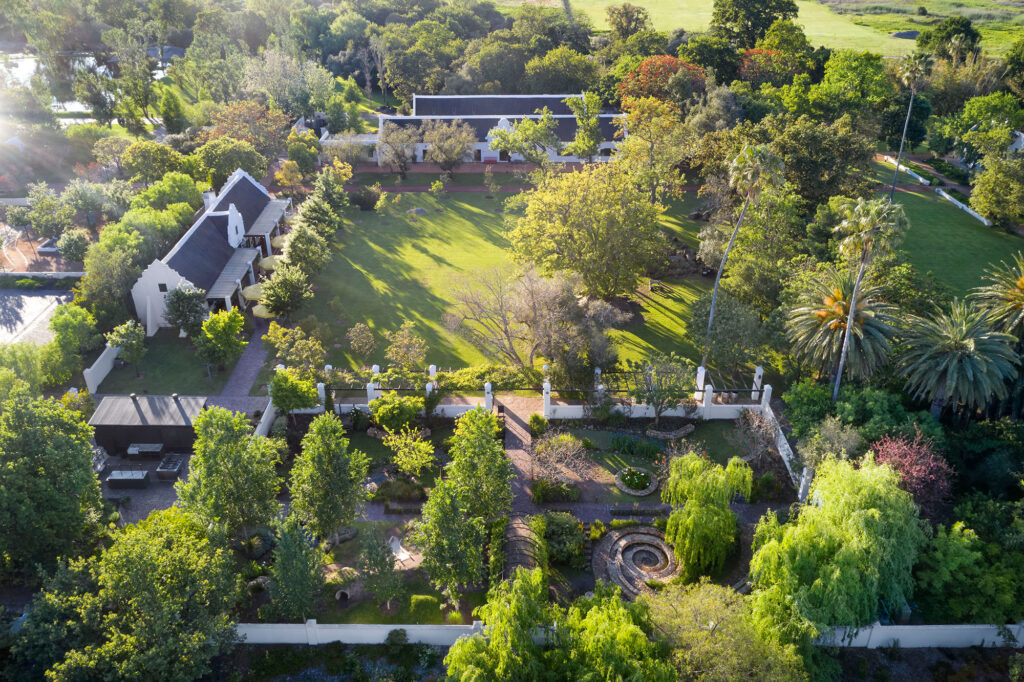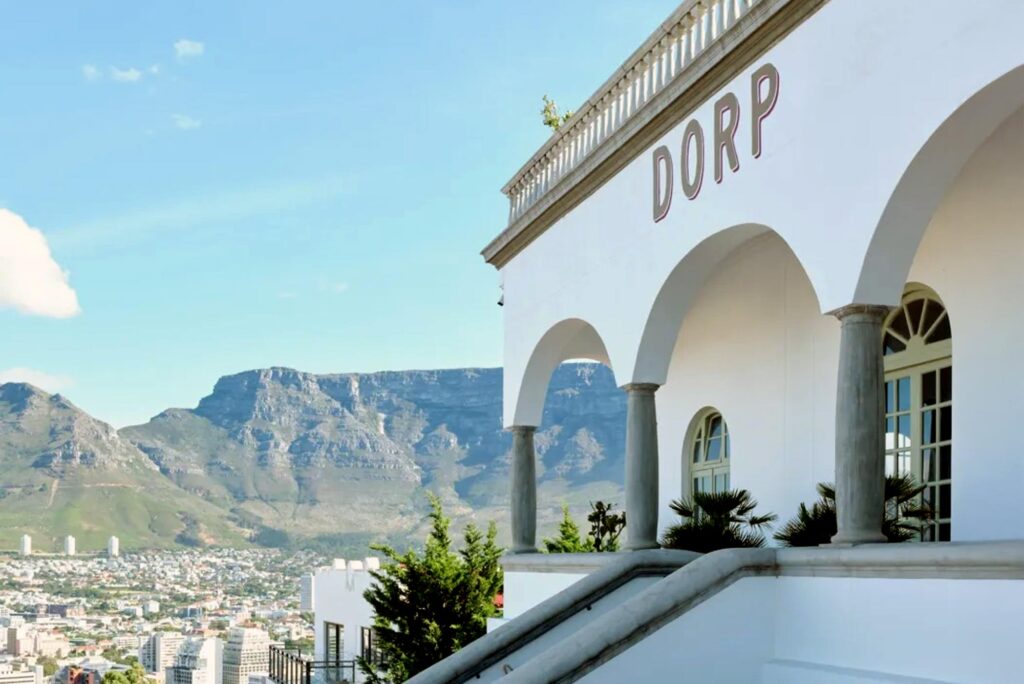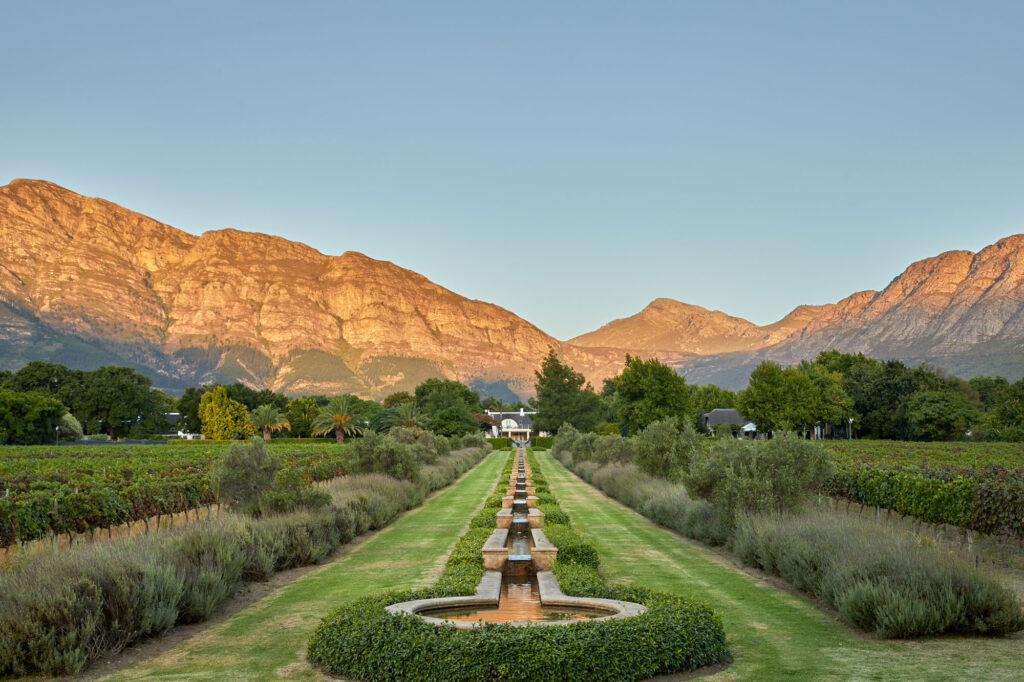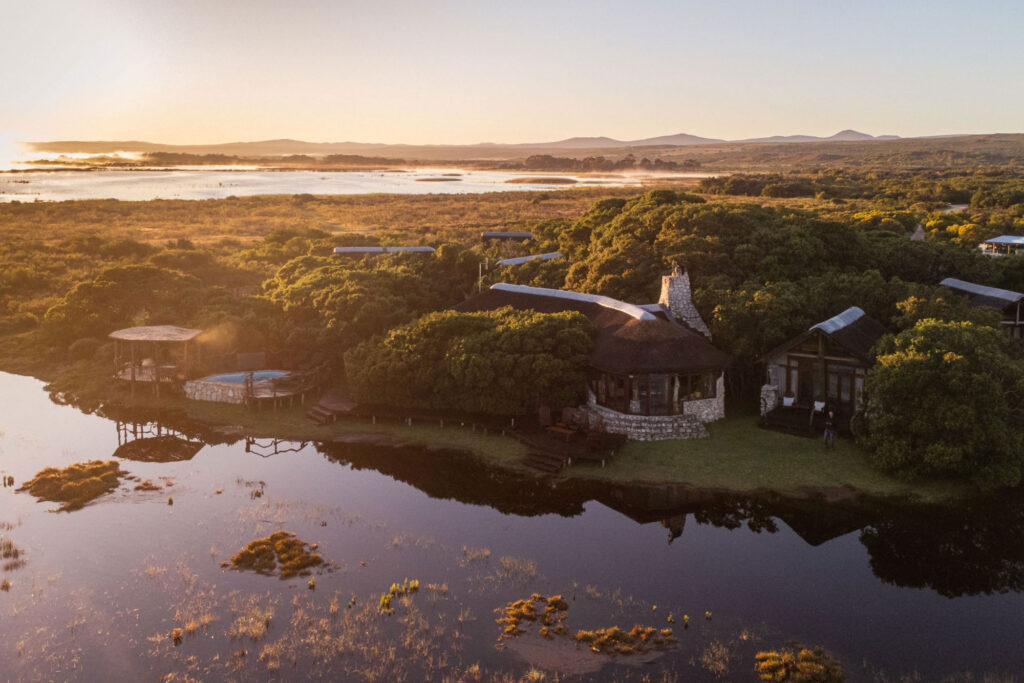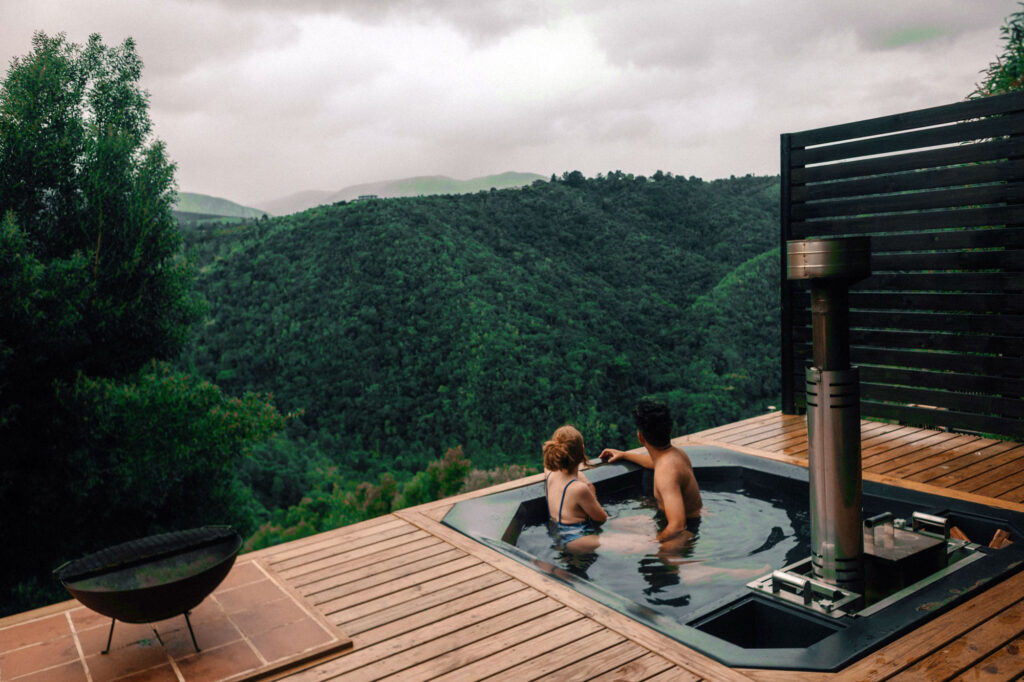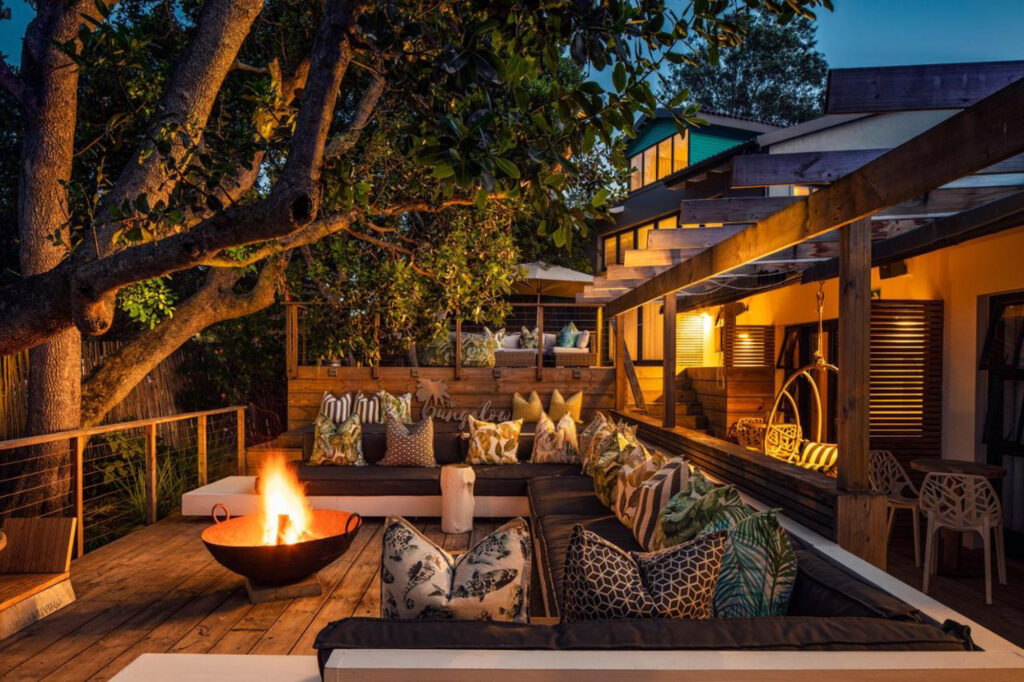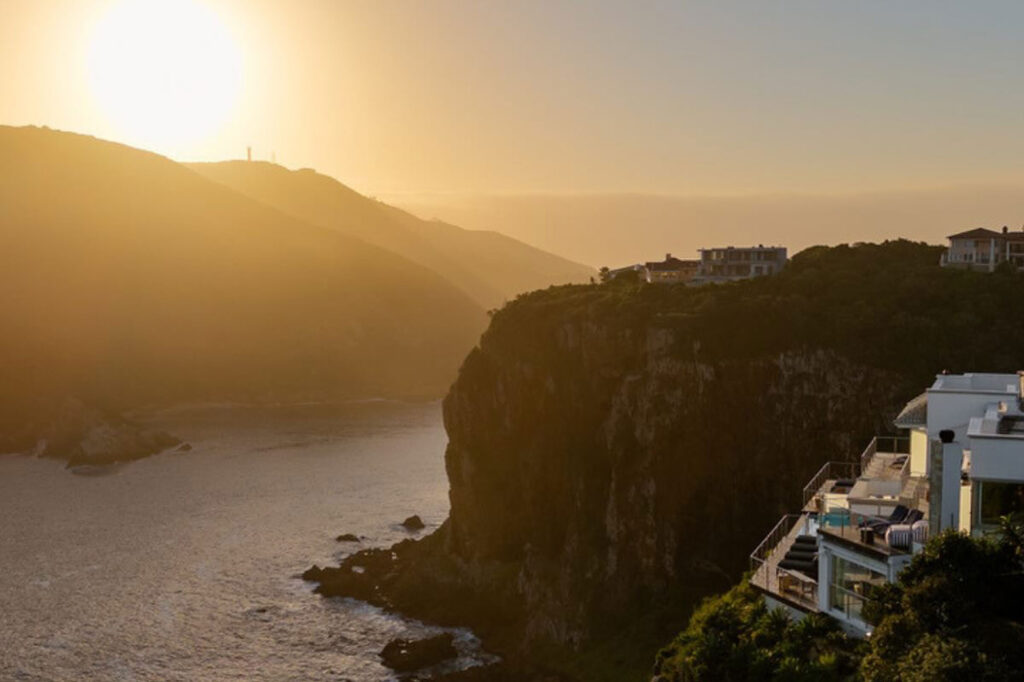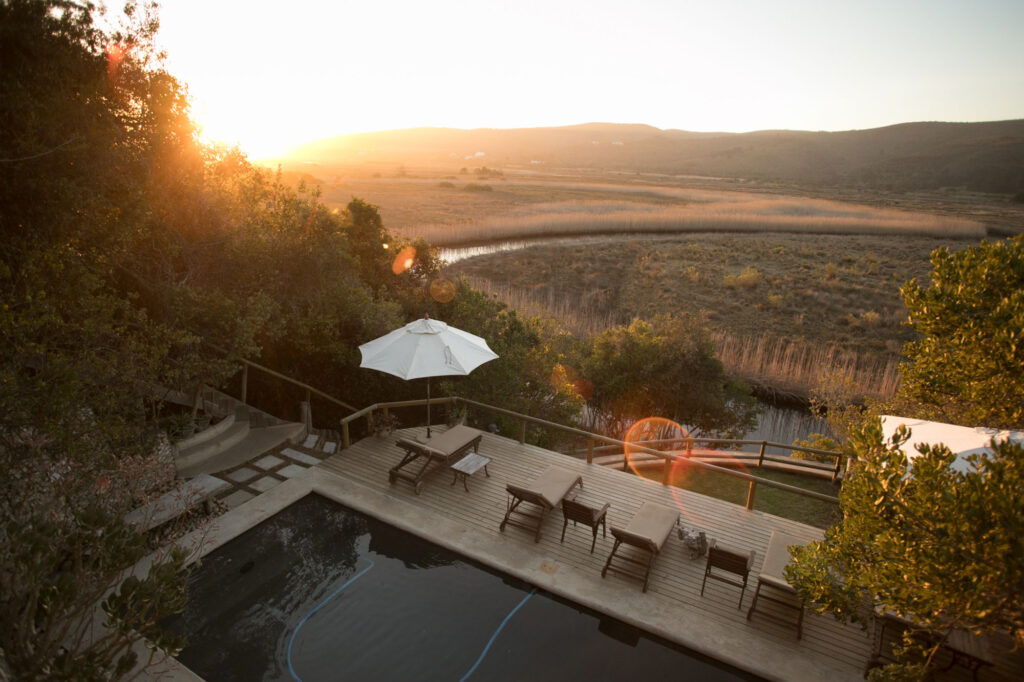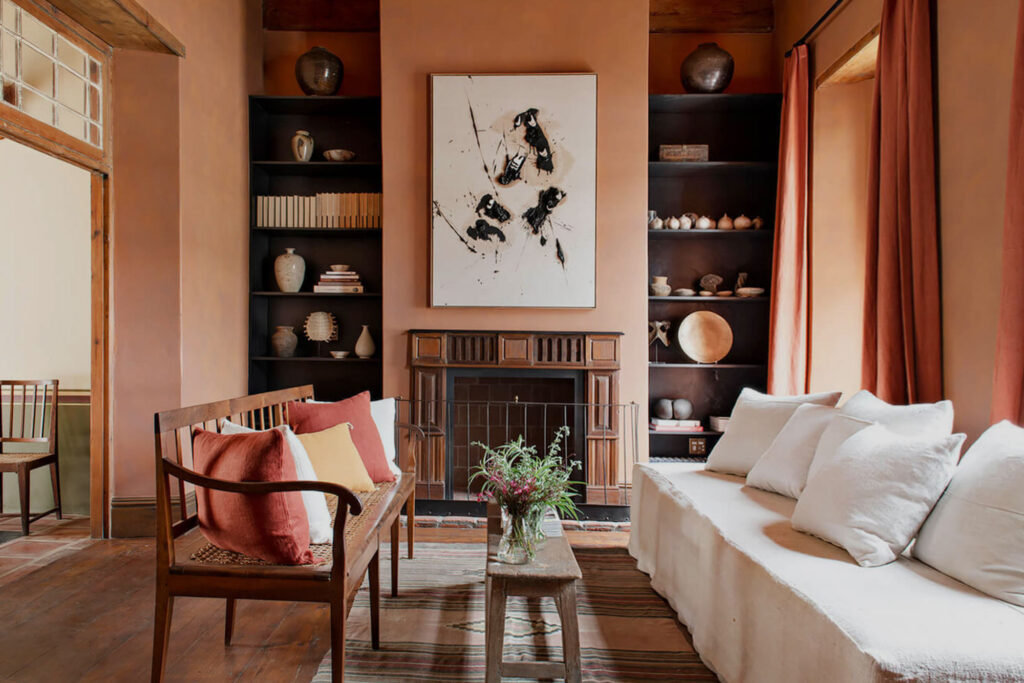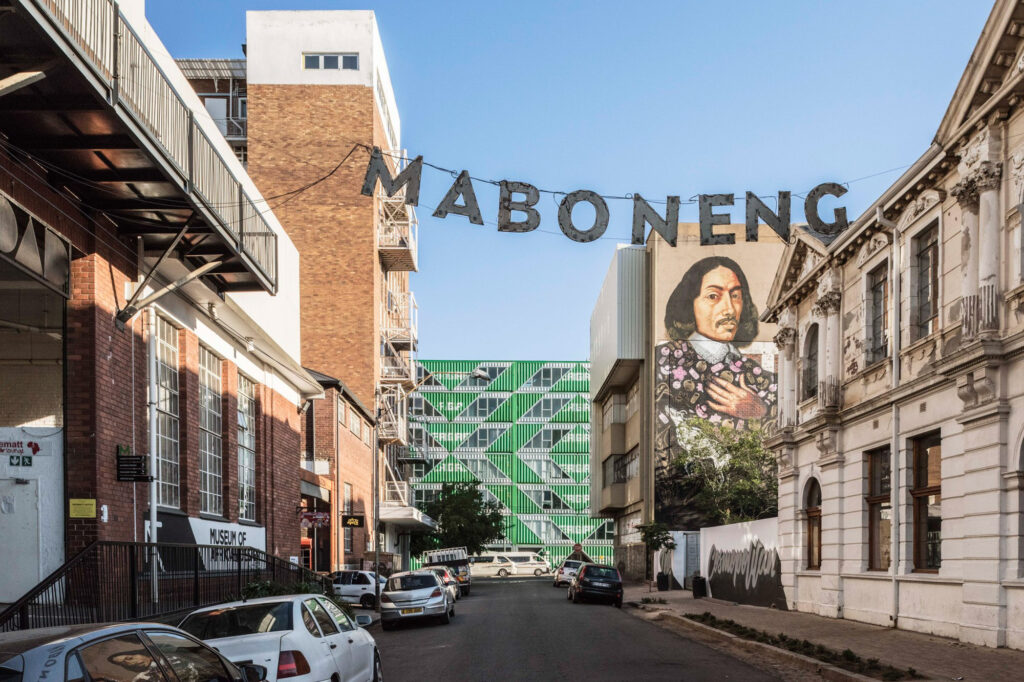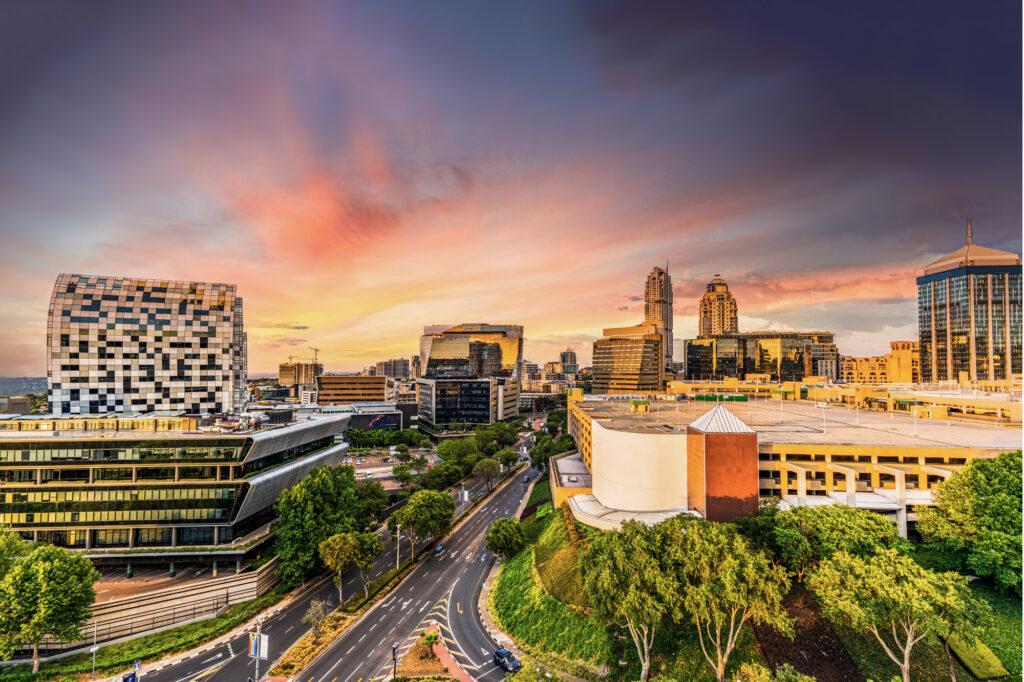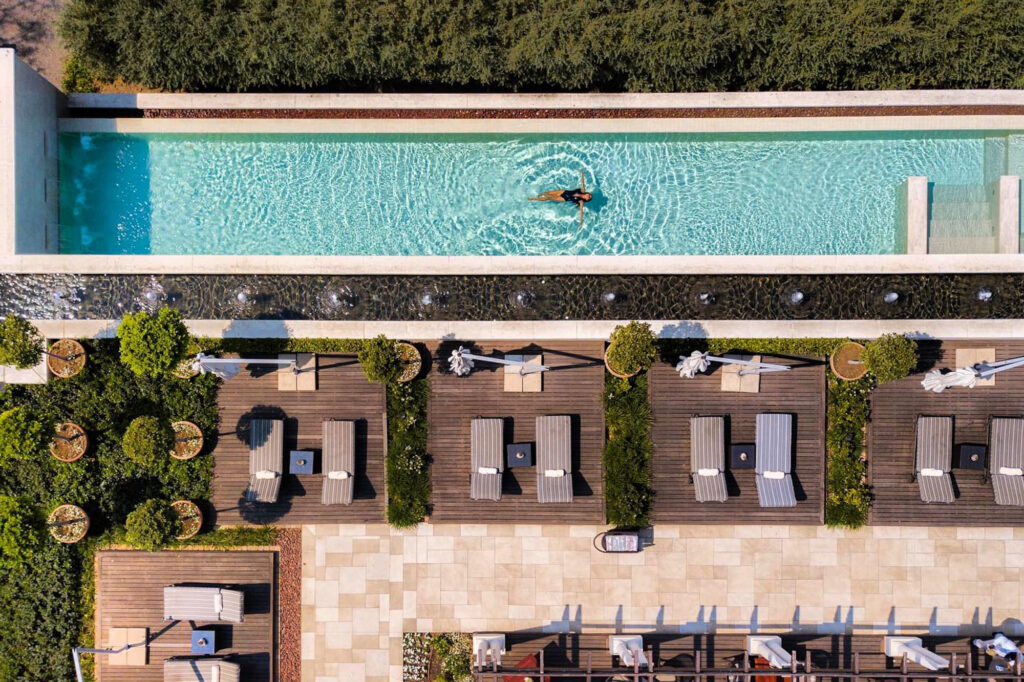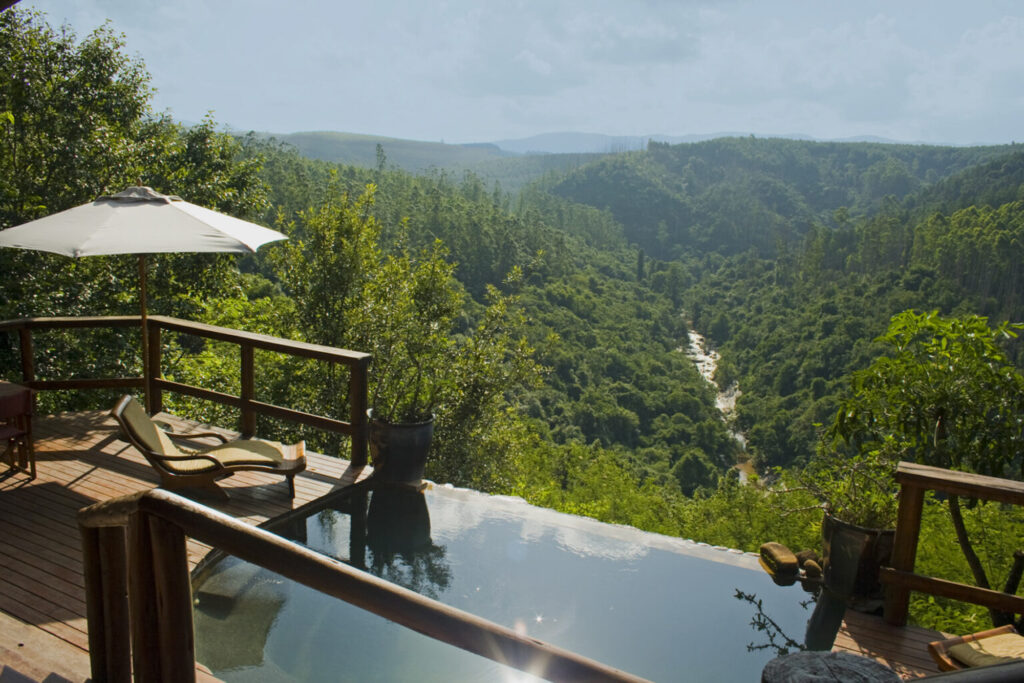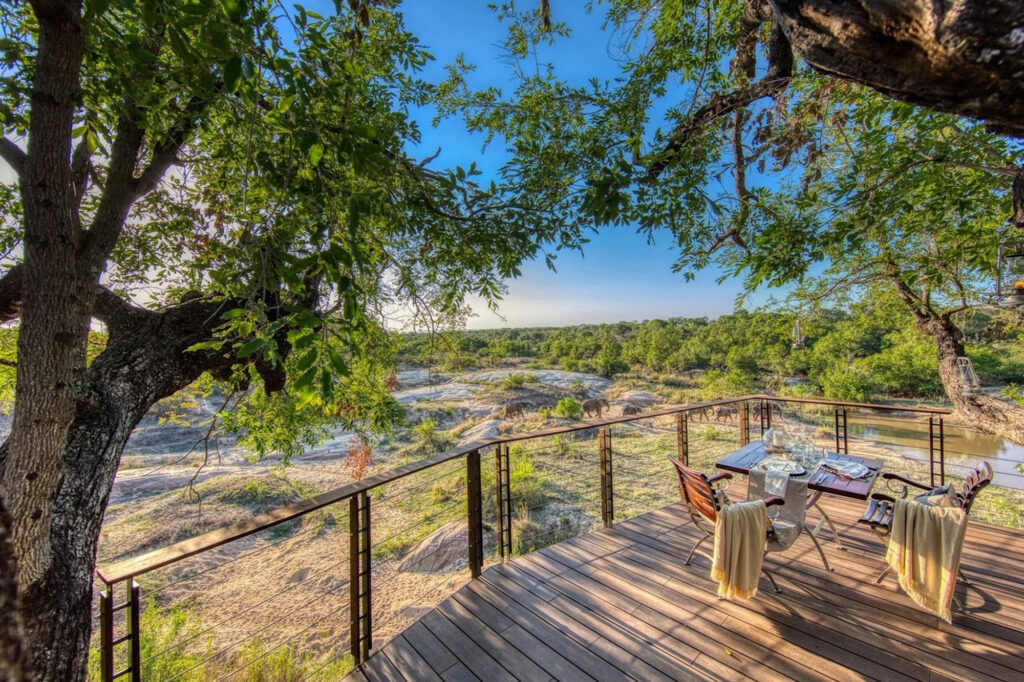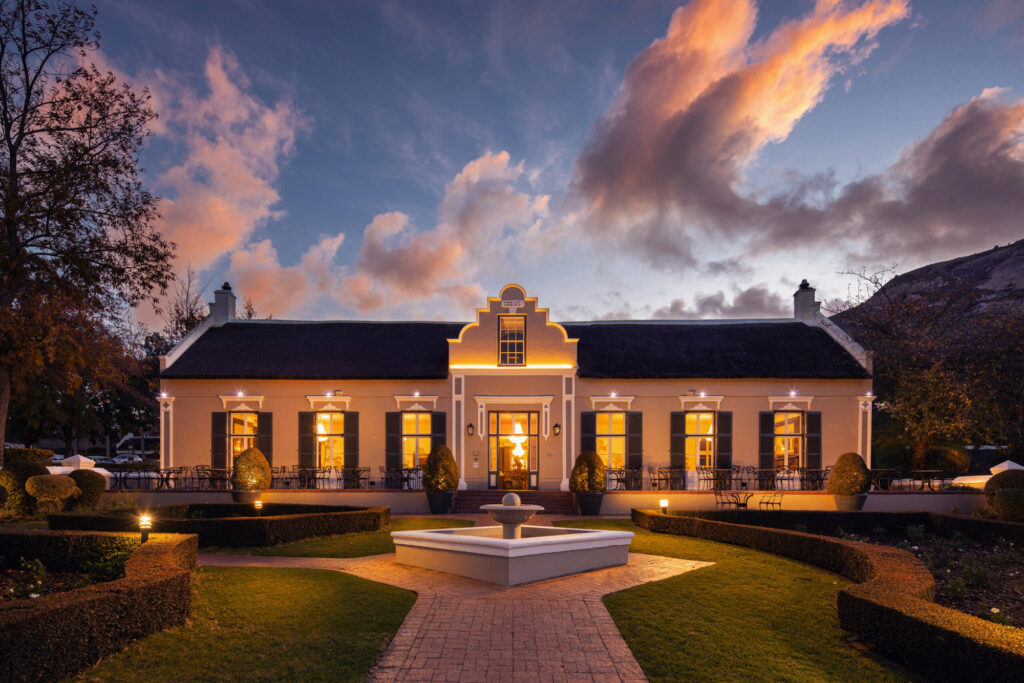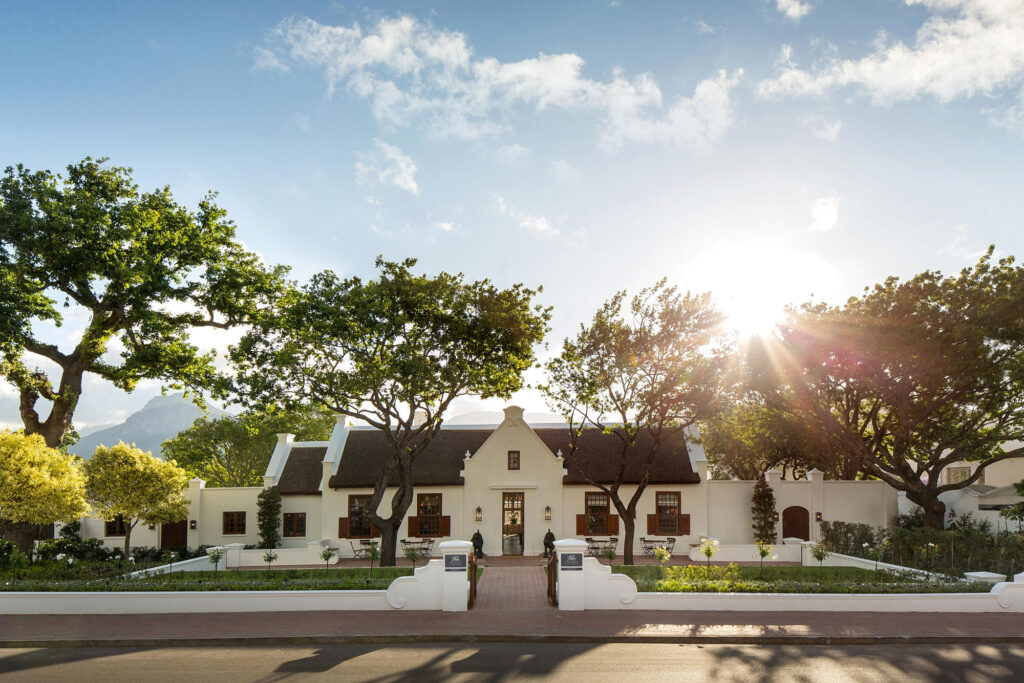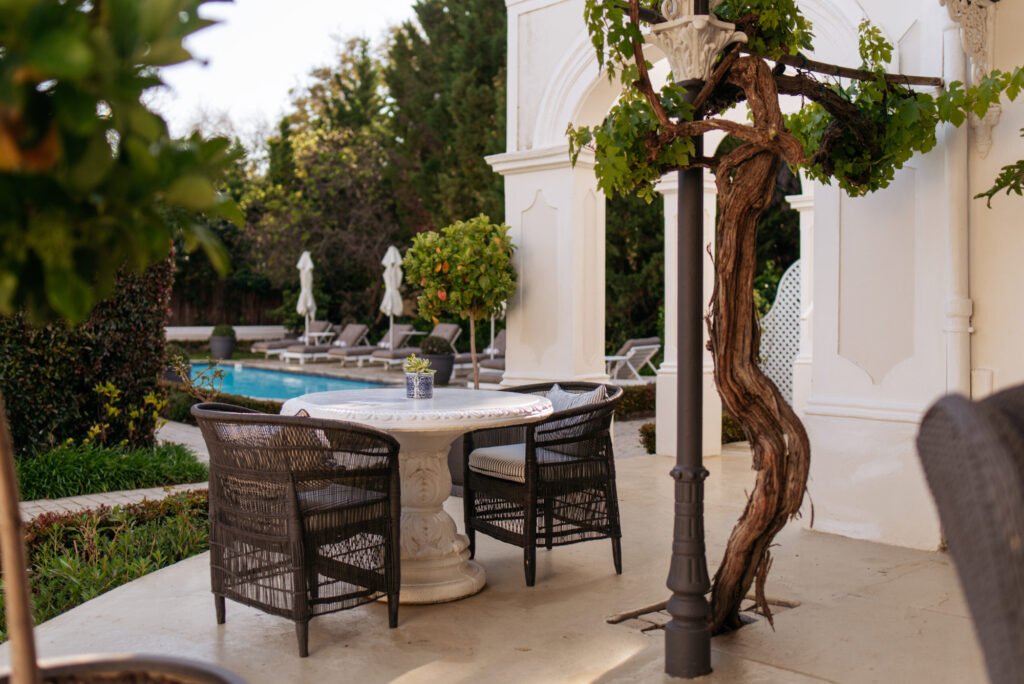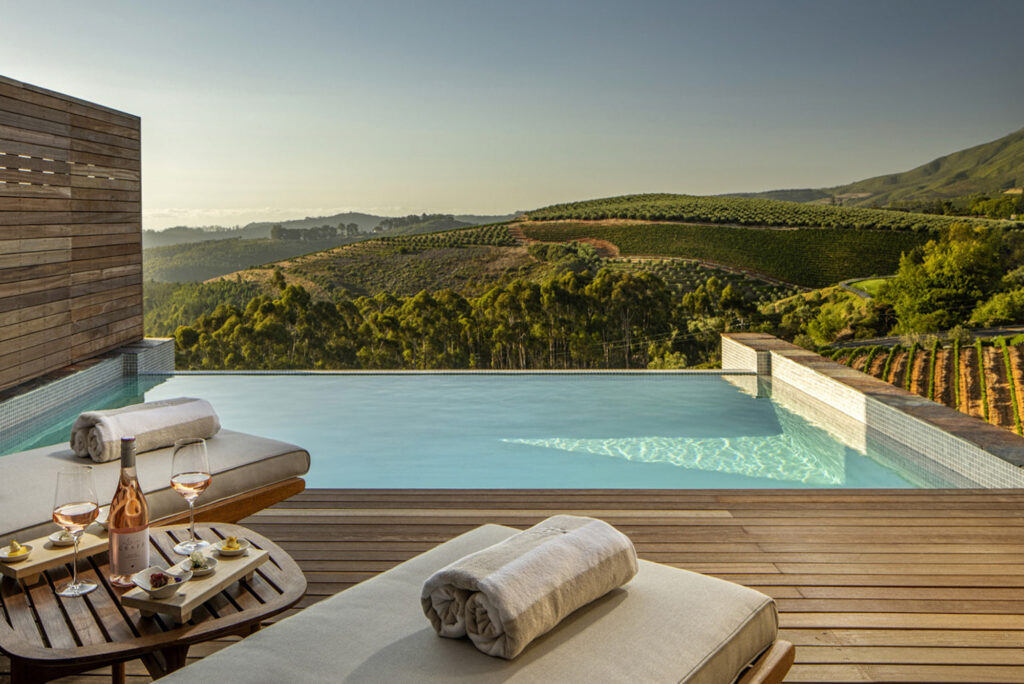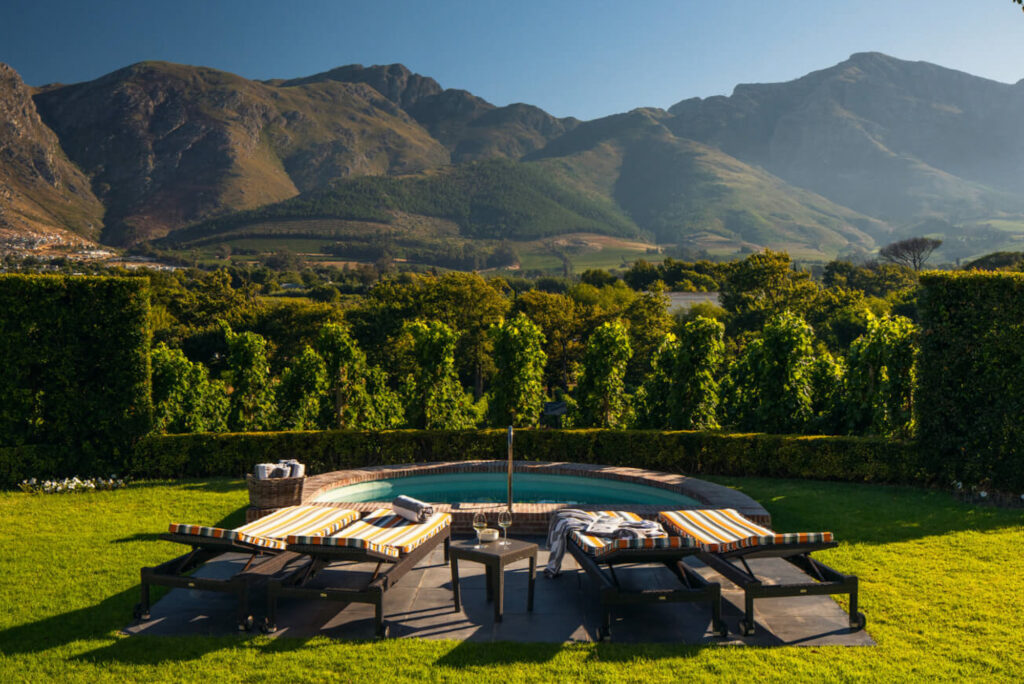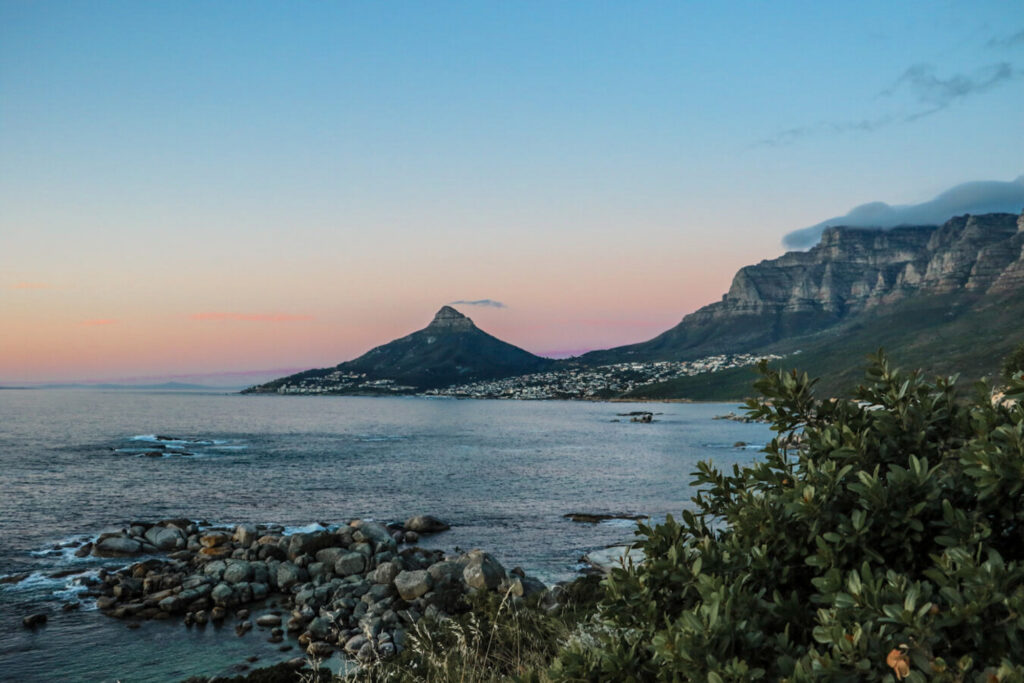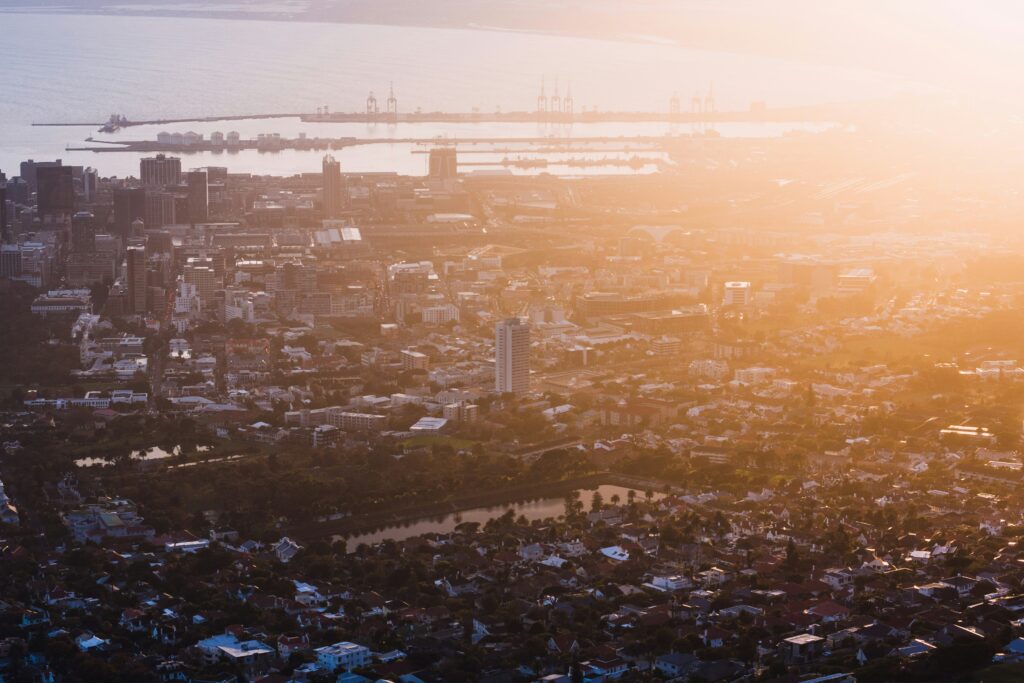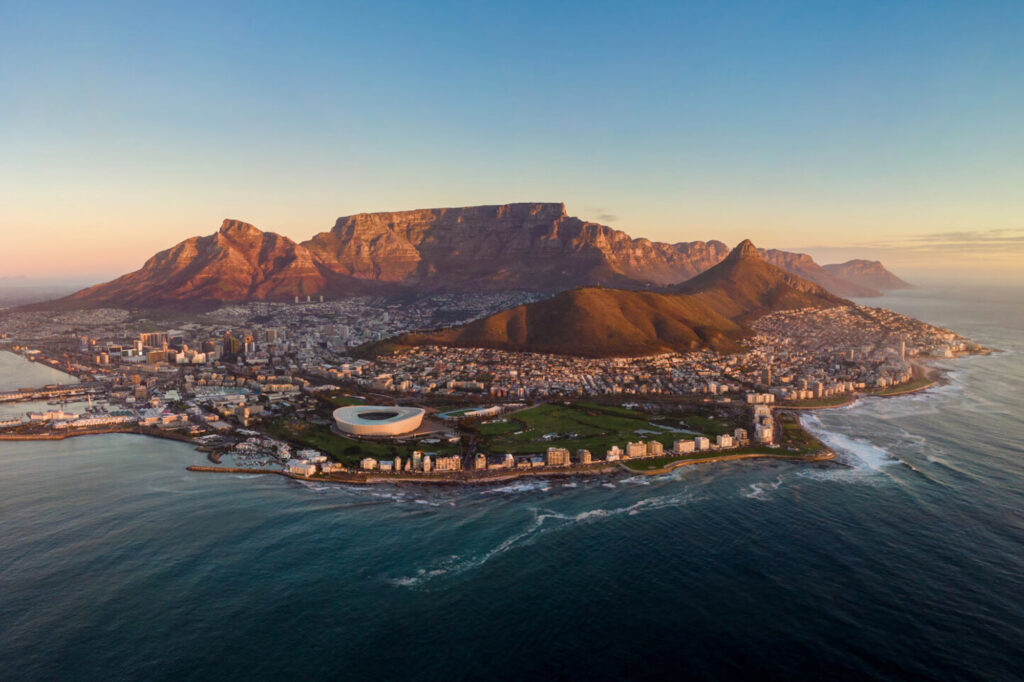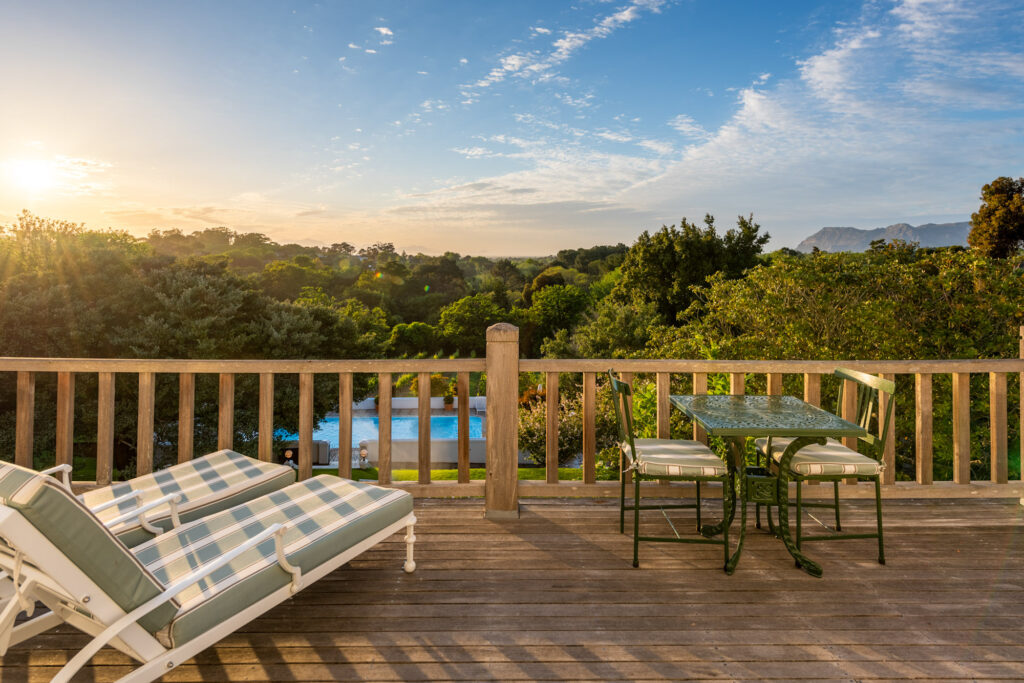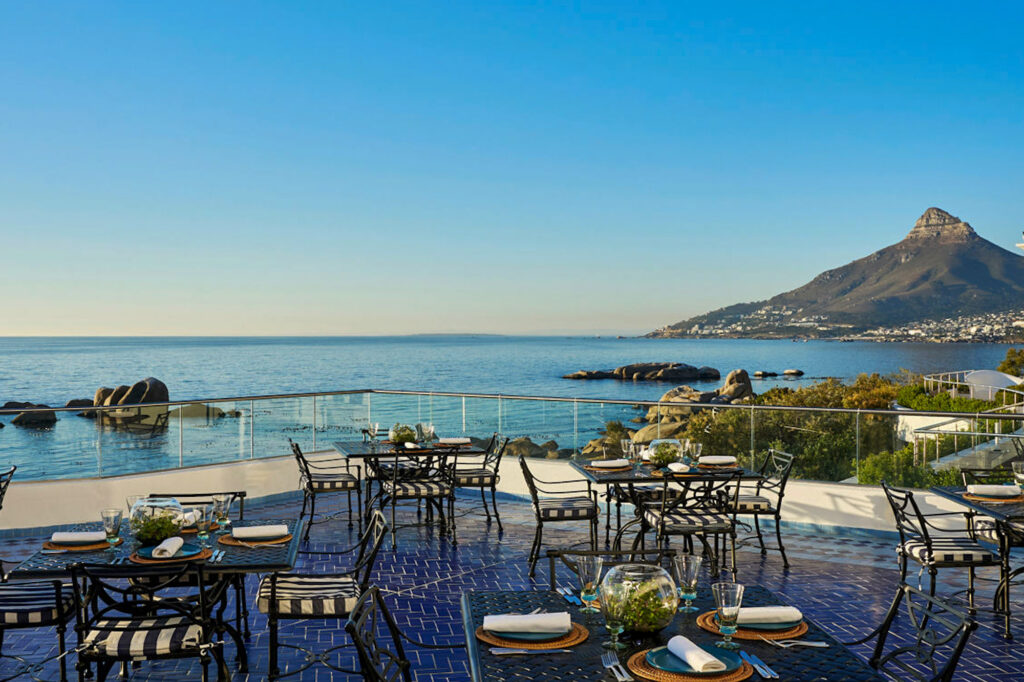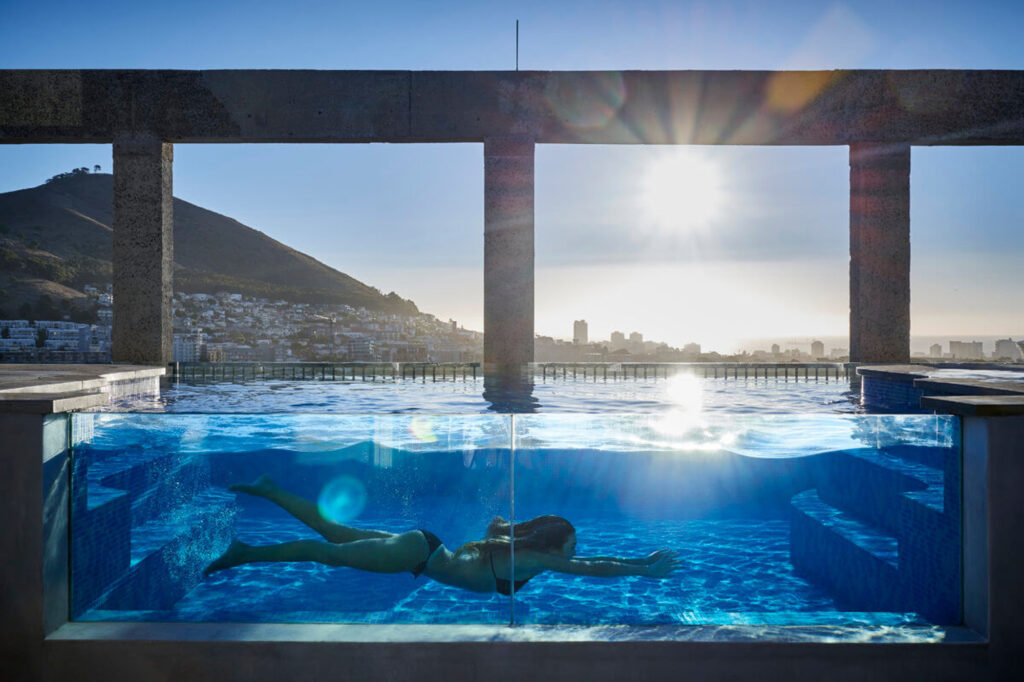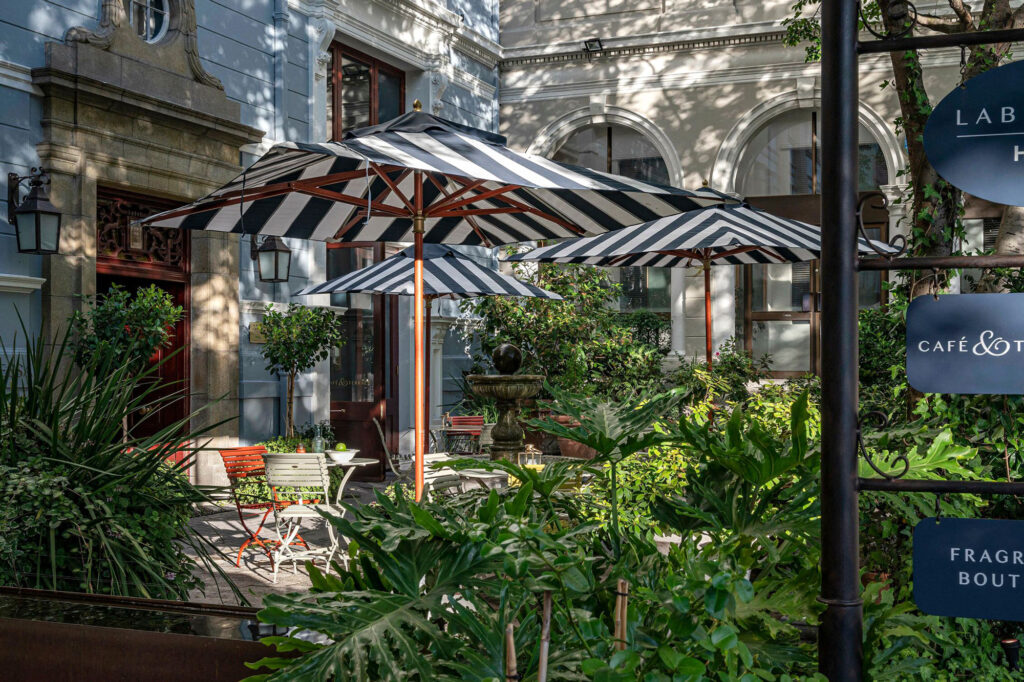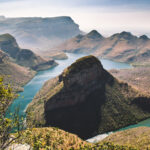
South Africa
Celestial escapes: South Africa’s 10 best spots for stargazing
Southern Africa • See & do • Celestial escapes: South Africa’s 10 best spots for stargazing
Where to spot the stars in South Africa
There’s a moment, somewhere beyond the city limits, when the sky stops being a backdrop and becomes its own destination. South Africa has an extraordinary talent for stillness. The kind that invites the stars to take over the night. From high-altitude plateaus to desert basins, these are landscapes that seem designed for cosmic theatre. The constellations sharpen, the air grows transparent and the galaxy appears almost audible. We’ve gathered South Africa’s most spellbinding stargazing locations. This is a country where the night is a place to explore and these locations showcase the diversity of the landscape and the sky.

01
Sutherland
Located at around 1,550 metres above sea level in the Karoo region of the Northern Cape, the town of Sutherland invites you into one of South Africa’s most spectacular night skies. The semi-arid climate means low humidity, frequent clear nights and very little light pollution. These are the conditions that attracted the South African Astronomical Observatory and the mighty Southern African Large Telescope (SALT) to the area. Walk outside after dark and you’ll feel like the stars have come down to meet you. The Milky Way stretches wide and telescopic tours and laser-guided stargazing sessions are offered in town. For stay-overs, staying at Rogge Cloof puts you right in the zone. Rogge Cloof sits in a registered biosphere-reserve zone, where low humidity, wide horizons and almost zero light pollution combine to make the Milky Way vivid and textured.
Sutherland
South Africa
Photography courtesy of Rogge Cloof

02
Cederberg
In the rugged sandstone cliffs and fynbos-laden slopes of the Cederberg Mountains, about two and a half hours from Cape Town, the night sky opens up with rare clarity. The local Cederberg Astronomical Observatory confirms that this region enjoys some of the darkest skies in the Western Cape thanks to minimal light intrusion. The rarefied combination of elevation, clear dry nights and dramatic rock formations makes the stars stand out. You can spot the Southern Cross, the Magellanic Clouds and deep-sky objects through public viewing evenings. We recommend staying in one of Kagga Kamma Nature Reserve’s open-air suites, where you will be sleeping under the stars but with the perks of modern luxuries. The skies above here are classified as Bortle 1, the top category for darkness, meaning minimal glow from towns and a near-perfect blank canvas for the stars.
Cederberg
South Africa
Photography courtesy of Kagga Kamma Nature Reserve
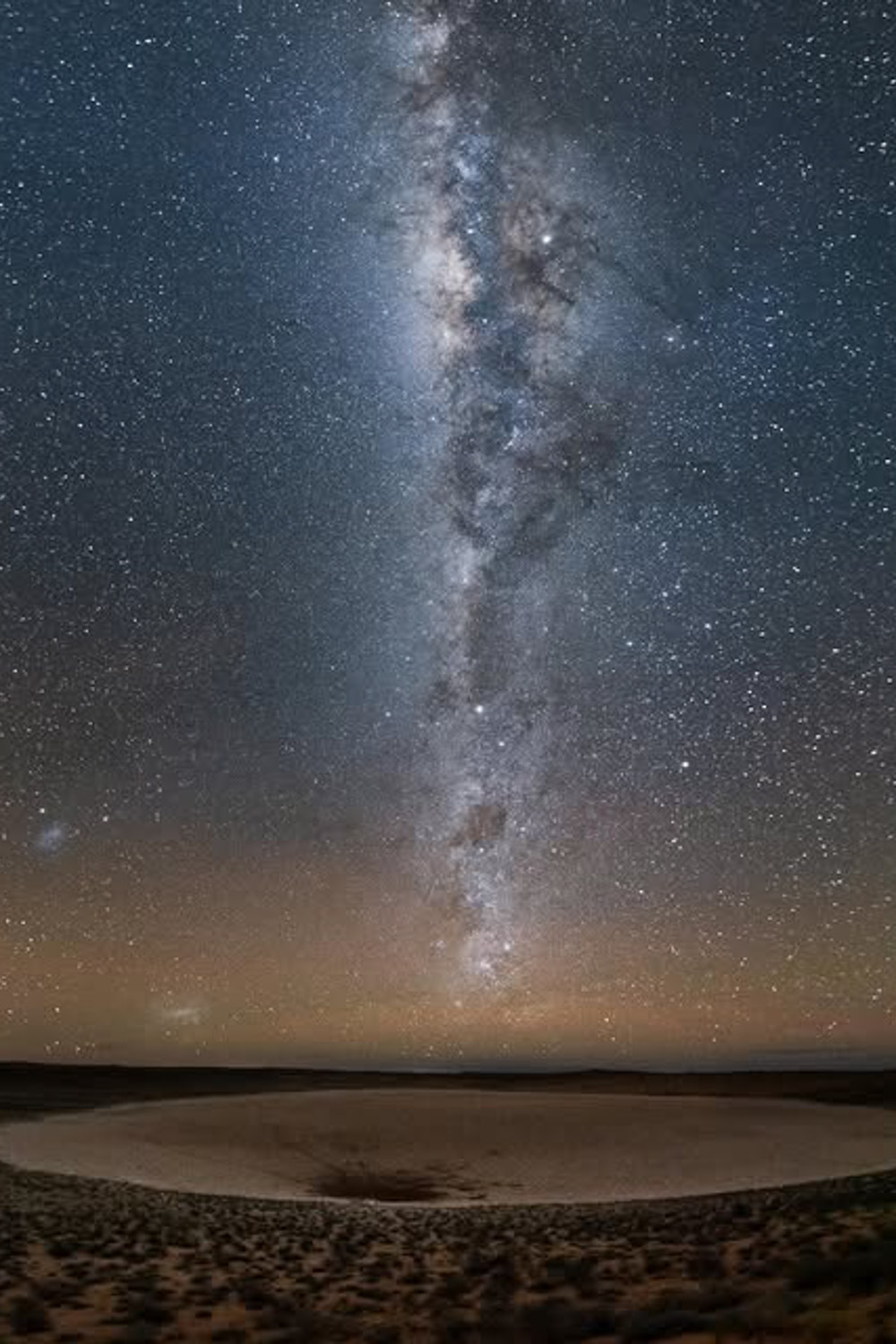

03
Kgalagadi Transfrontier Park
Remote, expansive and devoid of urban glow, the Kgalagadi Transfrontier Park has earned the distinction of being the first International Dark Sky Sanctuary in Africa. This semi-desert park spans South Africa and Botswana, characterised by arid air and sparse human presence. That isolation ensures minimal artificial light and very clear skies. Locals recognise its deep darkness as among the country’s best for star observation. Staying at Xaus Lodge locates you in the very heart of that zone: dunes, distant horizon and no other light source within 50 kilometres. The effect is immersive. The Milky Way arcs overhead, meteor trails stretch unexpectedly long and the call of the wild sits at the edge of your night vision. We recommend visiting this spot during the dry winter months when the humidity reduces and star clarity increases.
Kgalagadi Transfrontier Park
South Africa
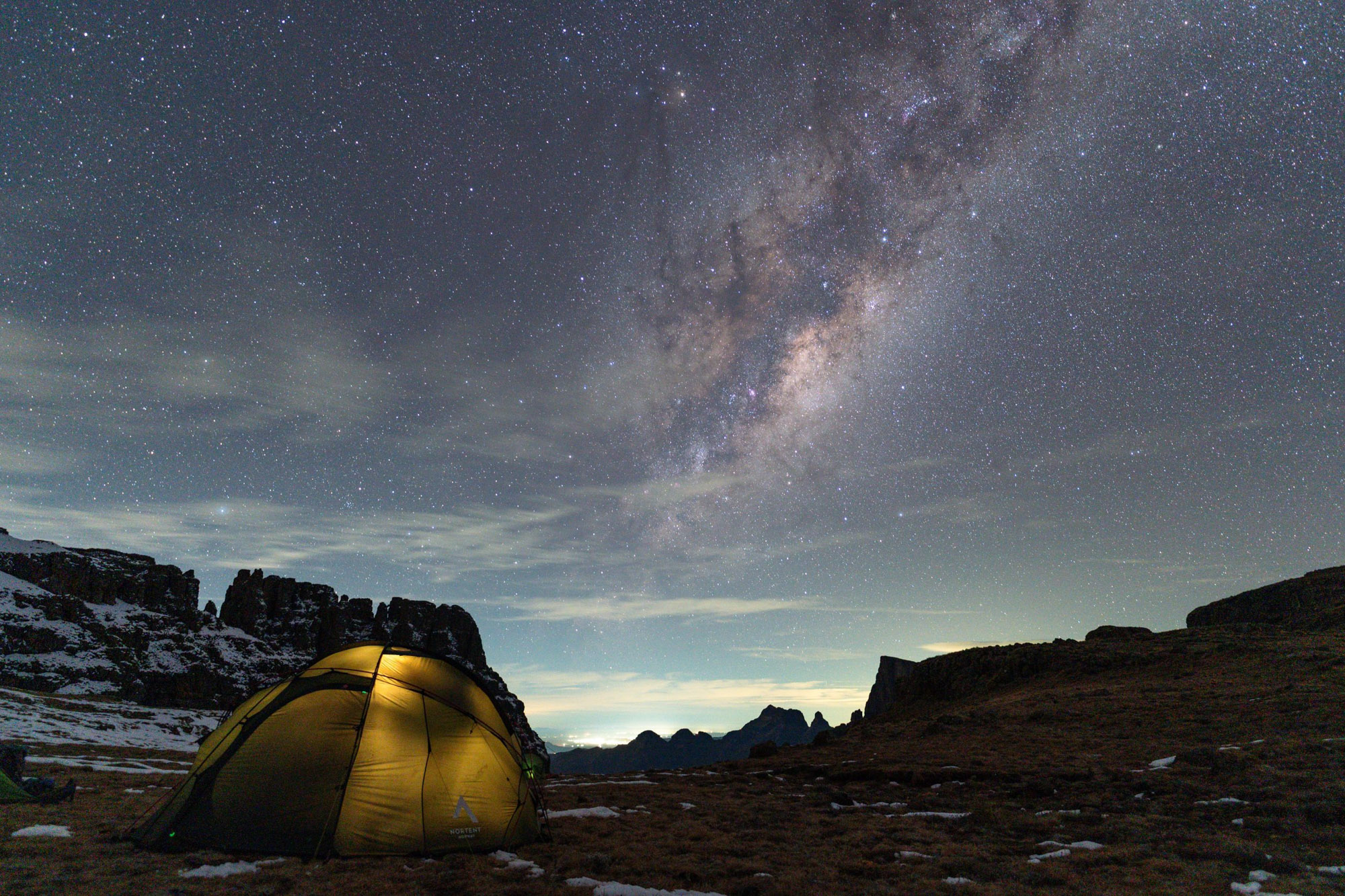
04
Drakensberg
In the northern Drakensberg region, altitudes around 1,800 metres contribute to cleaner air and reduced atmospheric distortion. The mountainous backdrop adds scale to the sky overhead. After dusk the escarpment silhouette frames the Milky Way’s path. Staying at Drakensberg Mountain Retreat places you in this high-altitude zone, where the cold air sharpens the stars and night-times feel crisp and clear. The area is also well known for their local Zulu folklore linking celestial patterns to ancestral spirits, giving the experience cultural weight beyond the visual. The winter months bring crisp skies and lower humidity, ideal for seeing deep-sky objects. Set up outside after dark, let your eyes adjust for 20 minutes and look for the Southern Cross or Omega Centauri glinting near the horizon.
Drakensberg
South Africa
Photography courtesy of Soul Adventures

05
The Kruger National Park
When most think of the Kruger National Park, they picture game drives, but the nights tell another story. Behind you: the rustle of leaves, the murmur of a distant hyena call. Above you: a sky that opens without barrier. In remote concessions, light pollution drops dramatically and the stars sharpen in dry winter months. Away from the main camps, the park offers immense tracts of sky untouched by artificial light. The dry winter months are best. The dust settles, humidity drops and the constellations sharpen. To experience the best of the vast night skies, book a stay in one of Lion Sands Ivory Lodge’s treehouses. Lion Sands Ivory Lodge sits on a private stretch of the Sabie River and the treehouses offer a stay under the night sky. You can sleep out on elevated decks under full sky exposure – safe, wild and surreal.
The Kruger National Park
South Africa
Photography courtesy of Lion Sands Ivory Lodge
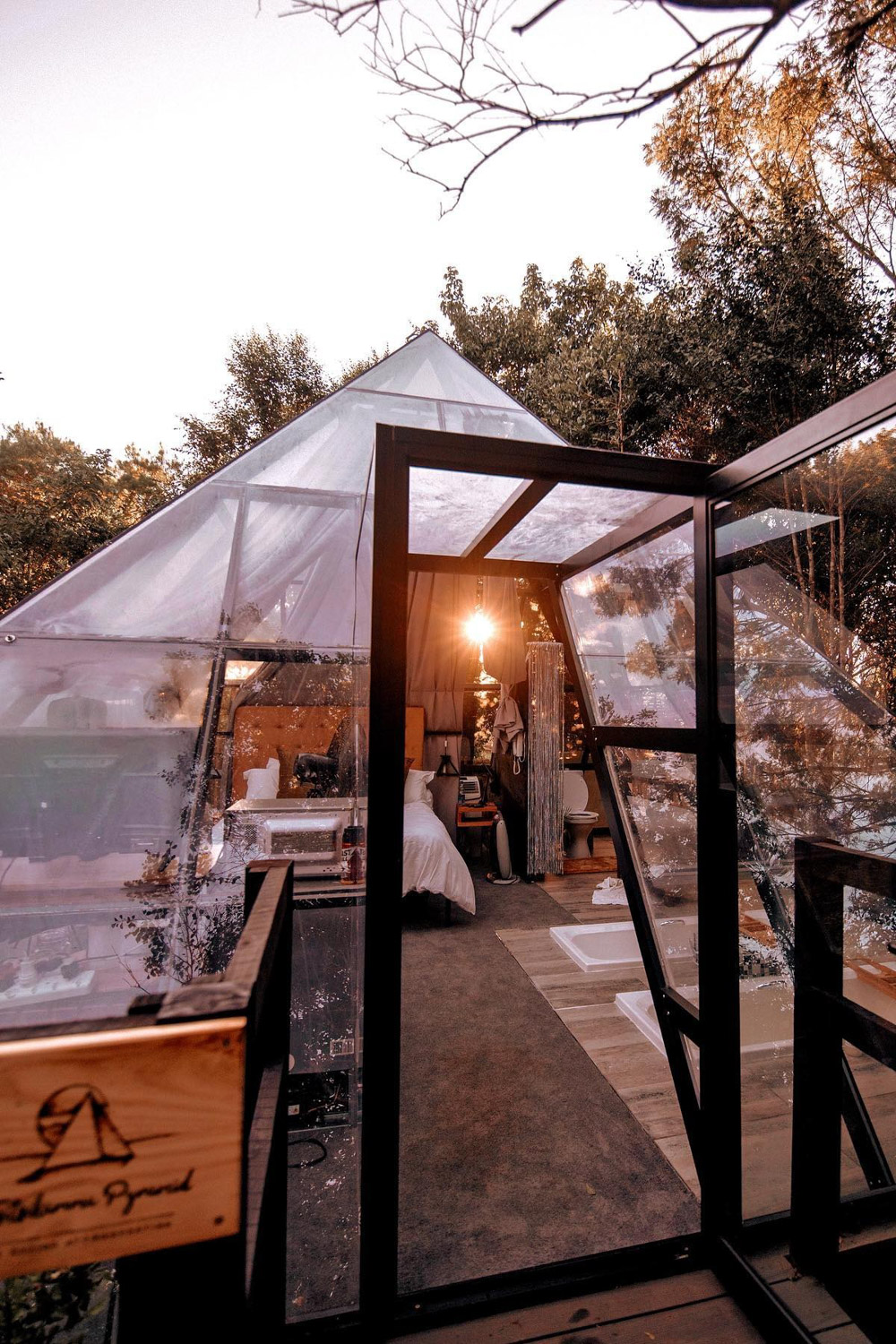
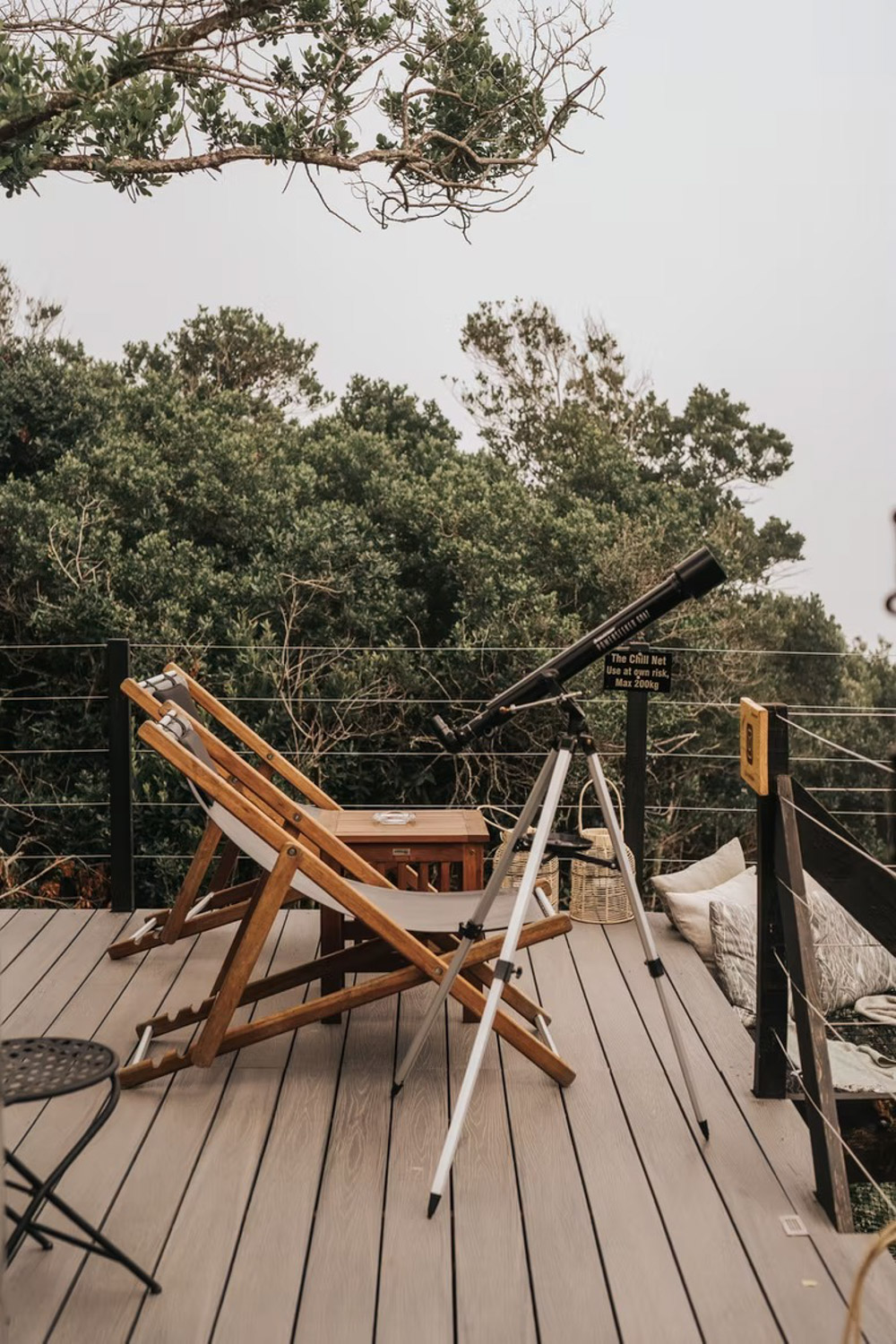
06
Tsitsikamma
Where forest meets sea, Tsitsikamma surprises with its darkness. Once the sun drops beyond the Indian Ocean, the forest canopy frames a sky that feels cinematic. You hear the surf, smell the salt and look up to find a galaxy hanging over ancient yellowwoods. The combination of coastal moisture and clear air after winter rains often produces particularly crisp nights. This stretch of the Garden Route is famed for eco-adventure, but at night it becomes contemplative, a natural planetarium in surround sound. The Tsitsikamma Pyramid, a geometric glass-roofed stay, was designed for exactly this. Lie back in bed while stars multiply overhead. It’s restrained luxury with a celestial ceiling. Wake before dawn and you’ll catch Venus rising through the mist, forest silhouettes turning blue and the first hornbill call echoing through the trees.
Tsitsikamma
South Africa
Photography courtesy of The Tsitsikamma Pyramide

07
Tankwa Karoo National Park
The Tankwa Karoo National Park sits in one of South Africa’s driest zones, far from major light sources. Located between Ceres and Calvinia, this semi-desert has become a pilgrimage site for astrophotographers and night-sky purists. There’s virtually no humidity, no artificial light and the landscape stretches unbroken for kilometres. By day, it’s a study in ochre plains and fossil beds and by night, it transforms into one of the darkest skies in the southern hemisphere. The South African Astronomical Observatory lists it among the country’s best astro-tourism zones. Elandsberg Wilderness Camp, operated by San Parks, is one of the few places to stay inside the park. It runs on solar power and keeps light use minimal, so the night sky remains untouched.
Tankwa Karoo National Park
South Africa

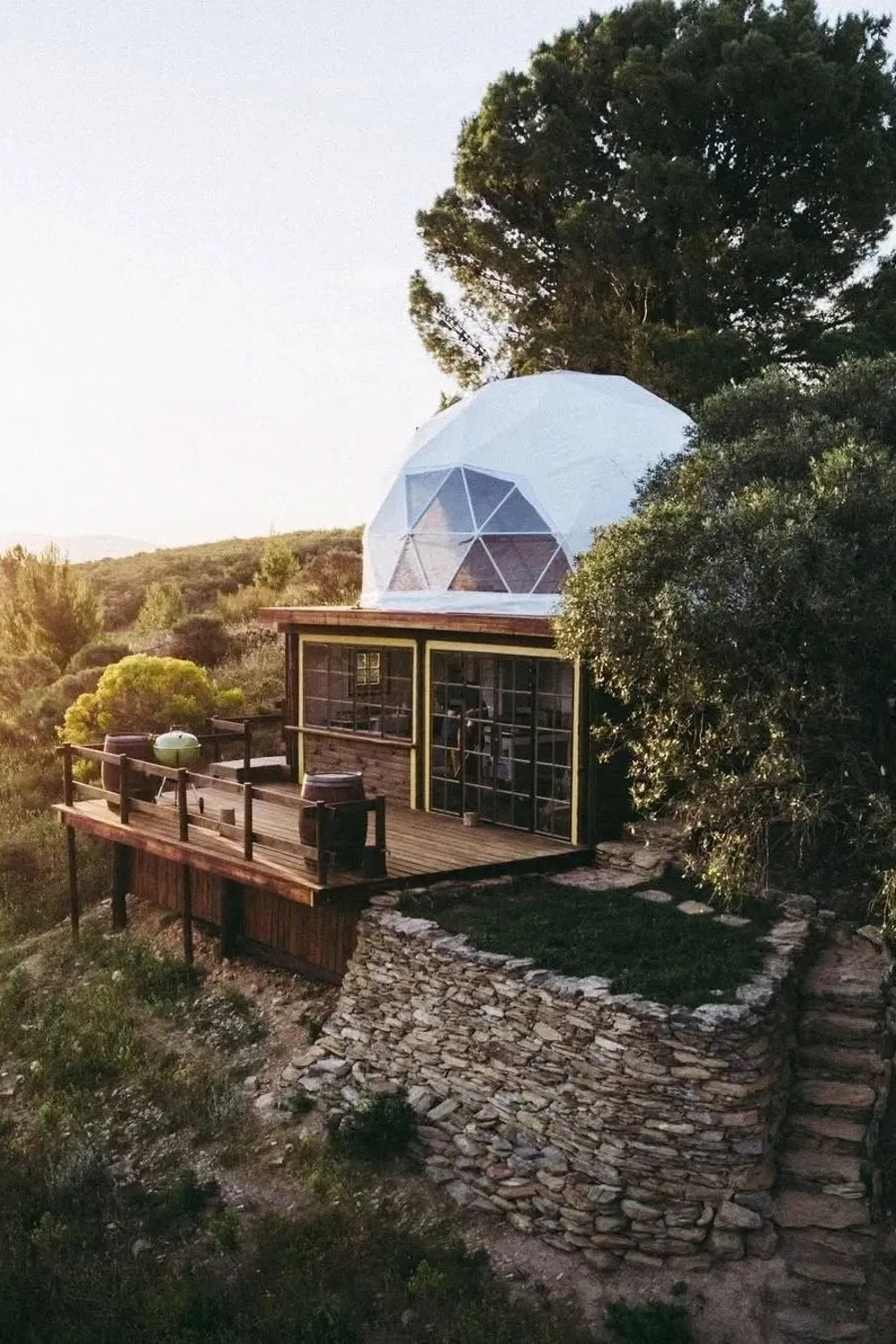
08
Tulbagh
Only a 90-minute drive from Cape Town, Tulbagh feels worlds apart once the sun drops. In this valley the Witzenberg and Obiqua mountains ring the horizon and shield much of the ambient glow, preserving a surprisingly dark sky in a wine-region setting. Tulbagh’s altitude and relatively dry climate enhance clarity and constellations reflect vividly on nearby dams when conditions are still. For a private, panoramic view, the Moonrise Dome at La Bruyère Farm provides an ideal base. This transparent geodesic dome, located on a hill outside of town, gives you a luxury meet-dark-sky experience: you’re still connected to land and wine country, but at night the sky becomes the star.
Tulbagh
South Africa
Photography courtesy of La Bruyere Farm
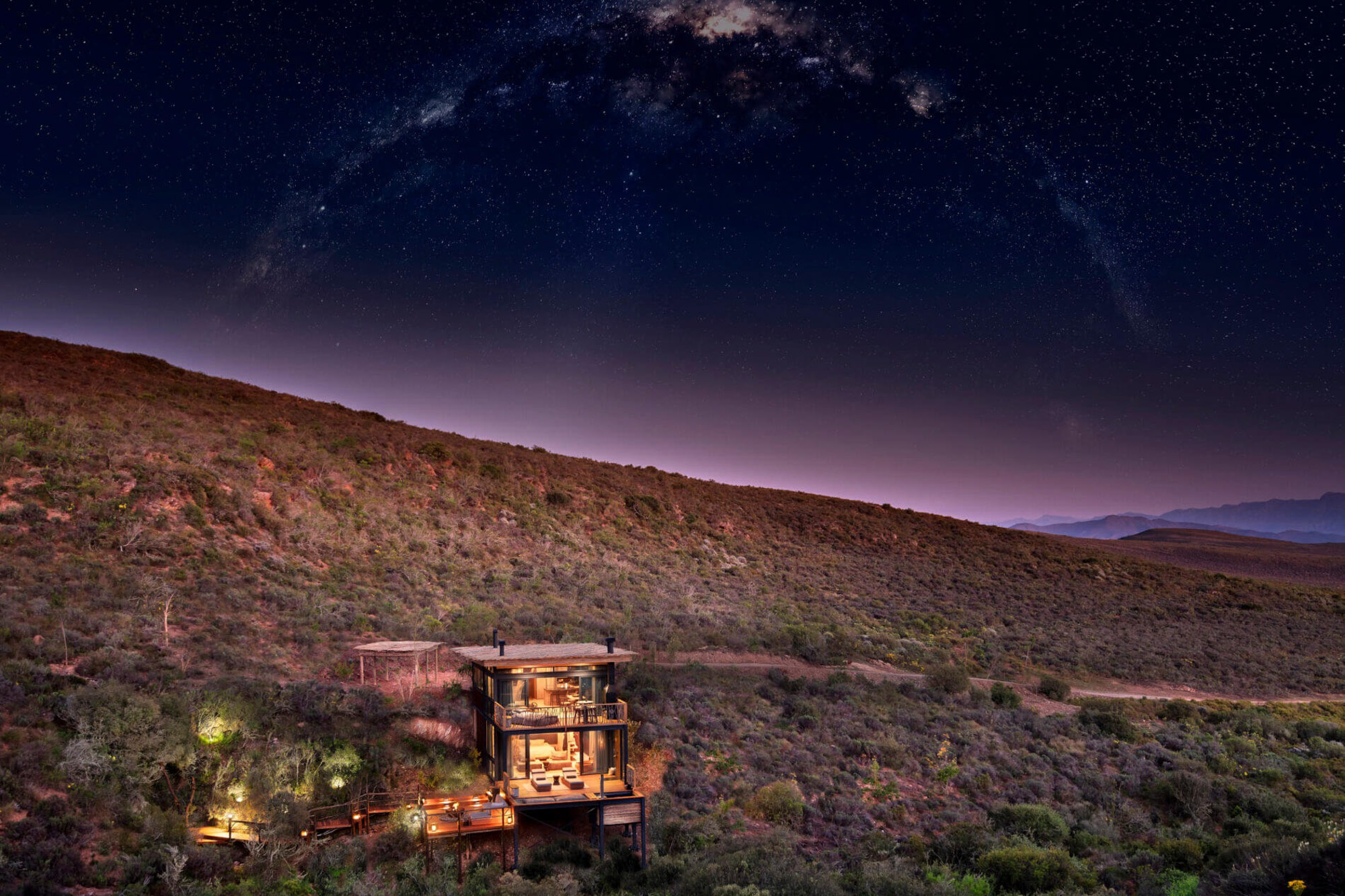
09
Stormsvlei
Stormsvlei, set in the Western Cape’s quieter hinterlands, offers you an almost untouched canvas of night sky. Its low light pollution and expansive, open plains create ideal conditions for observing constellations. Sitting at roughly 120 metres above sea level, the area avoids much of the atmospheric haze common in coastal towns, giving clearer views of the Milky Way on crisp winter nights. The winter months, from May to August, are particularly remarkable, as long, cloud-free evenings stretch the sky overhead. Set between the Langeberg mountains and the rolling plains of the Overberg, Melozhori Private Game Reserve is a lesser-known escape for stargazing. At Melozhori Private Game Reserve they intentionally limit night lighting, enabling you to experience uninterrupted views of constellations. Their glass pod suites are built for celestial viewing. Panoramic windows, outdoor tubs and no interruption but the sound of nightjars.
Stormsvlei
South Africa
Photography courtesy of Melozhori Private Game Reserve
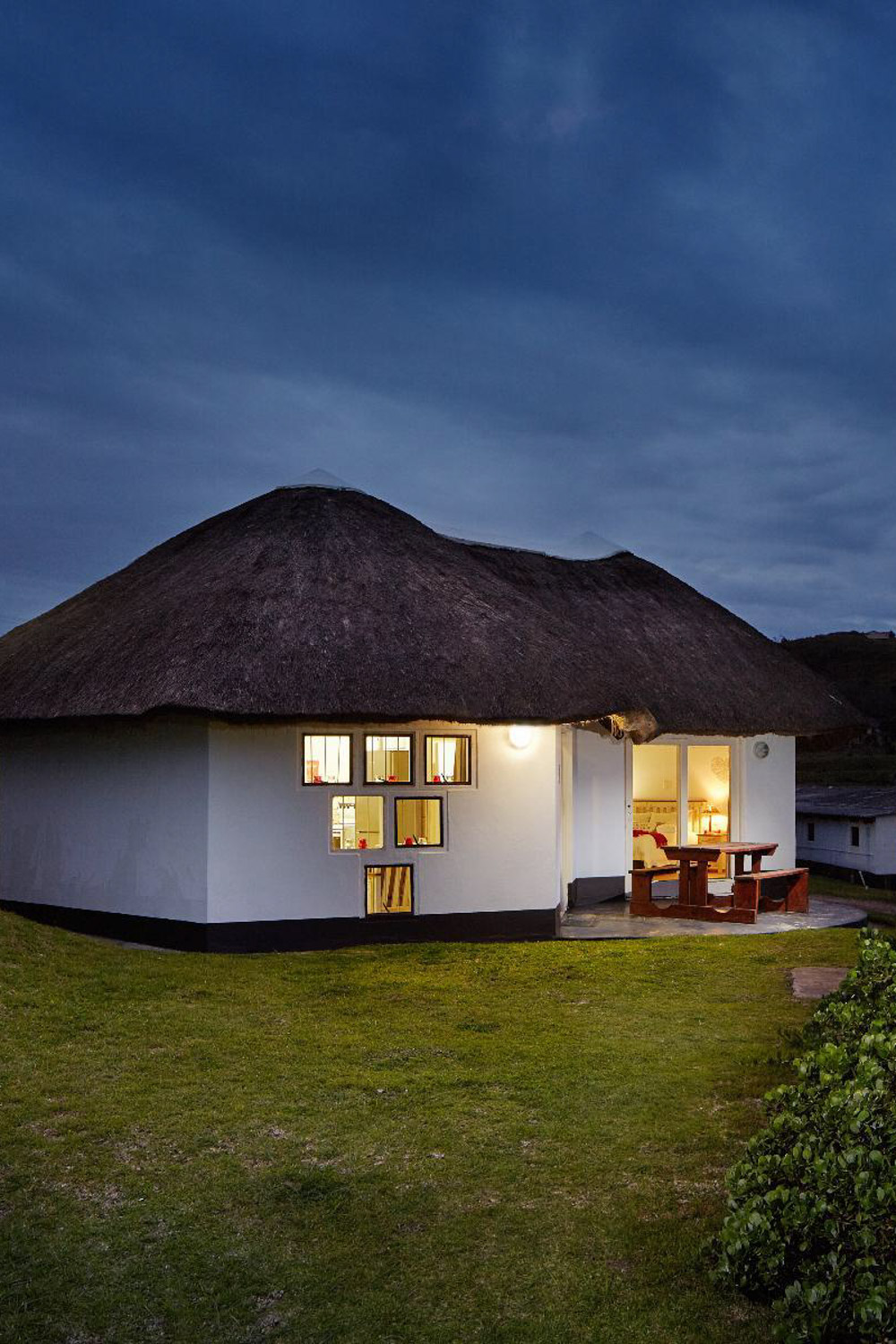
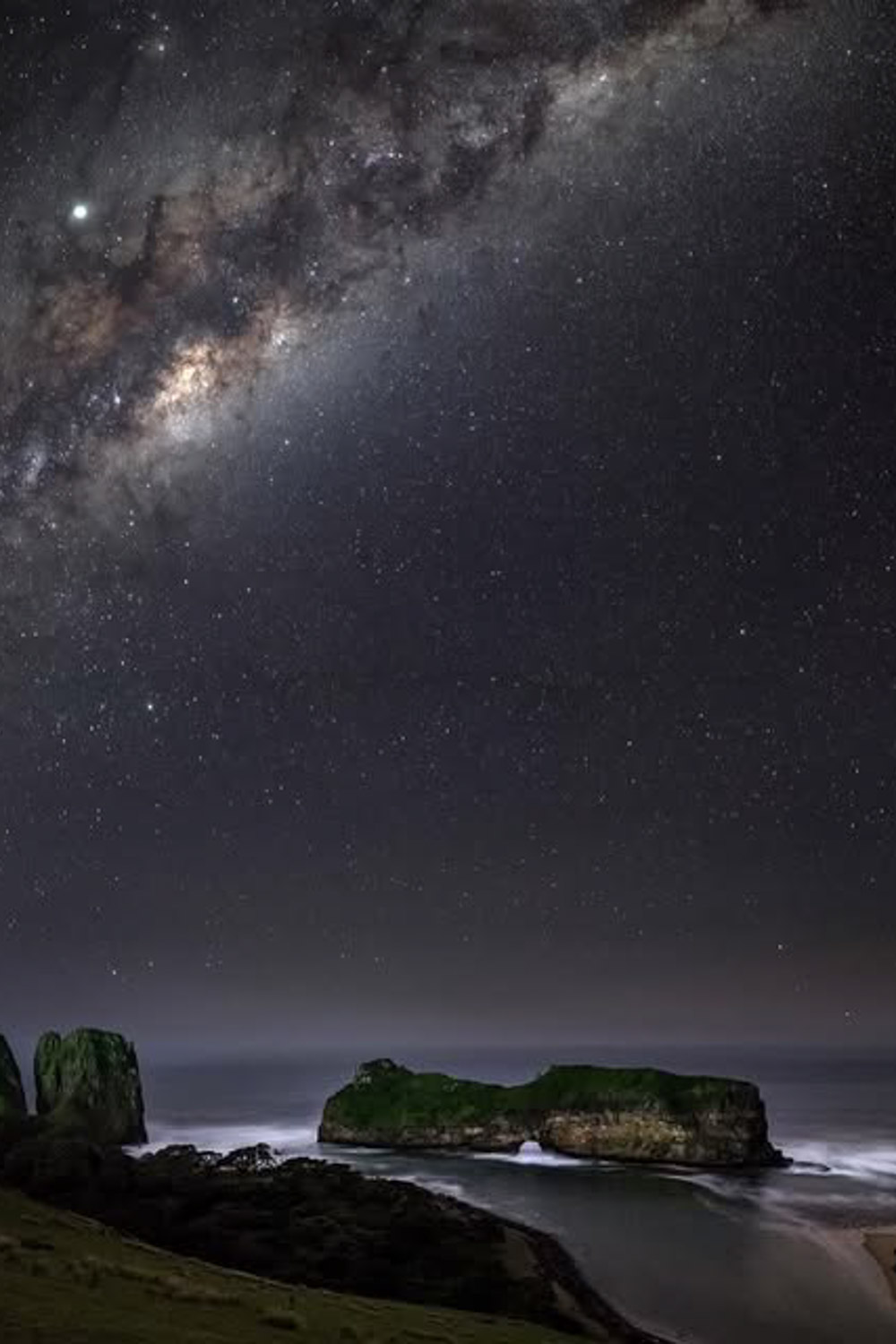
10
Hole in the Wall, Coffee Bay
The Wild Coast has its own brand of cosmic drama. At Coffee Bay’s iconic Hole in the Wall, a sea-carved arch set against the Indian Ocean, the night sky opens with an almost cinematic sense of scale. With little light pollution and a constant ocean breeze, stargazing here feels alive. The sound of surf merging with the silence of space. Local Xhosa folklore says the hole was created by spirits and under starlight, it’s easy to understand the mythology. The region’s remoteness preserves its darkness and the horizon line between sea and sky often disappears altogether. You won’t find telescopes or tours here: it’s all naked-eye astronomy, the old-fashioned way. Stay at Hole in the Wall Resort, simple but ideally positioned near the headland and you can walk out to the cliffs for stargazing sessions that feel almost spiritual.
Hole in the Wall
Coffee Bay
South Africa
Photography courtesy of Kyle Goetsch Photography and Hole in the Wall resort
Share this
Stay in the know
Sign up for the latest hotspot news from Southern Africa.



